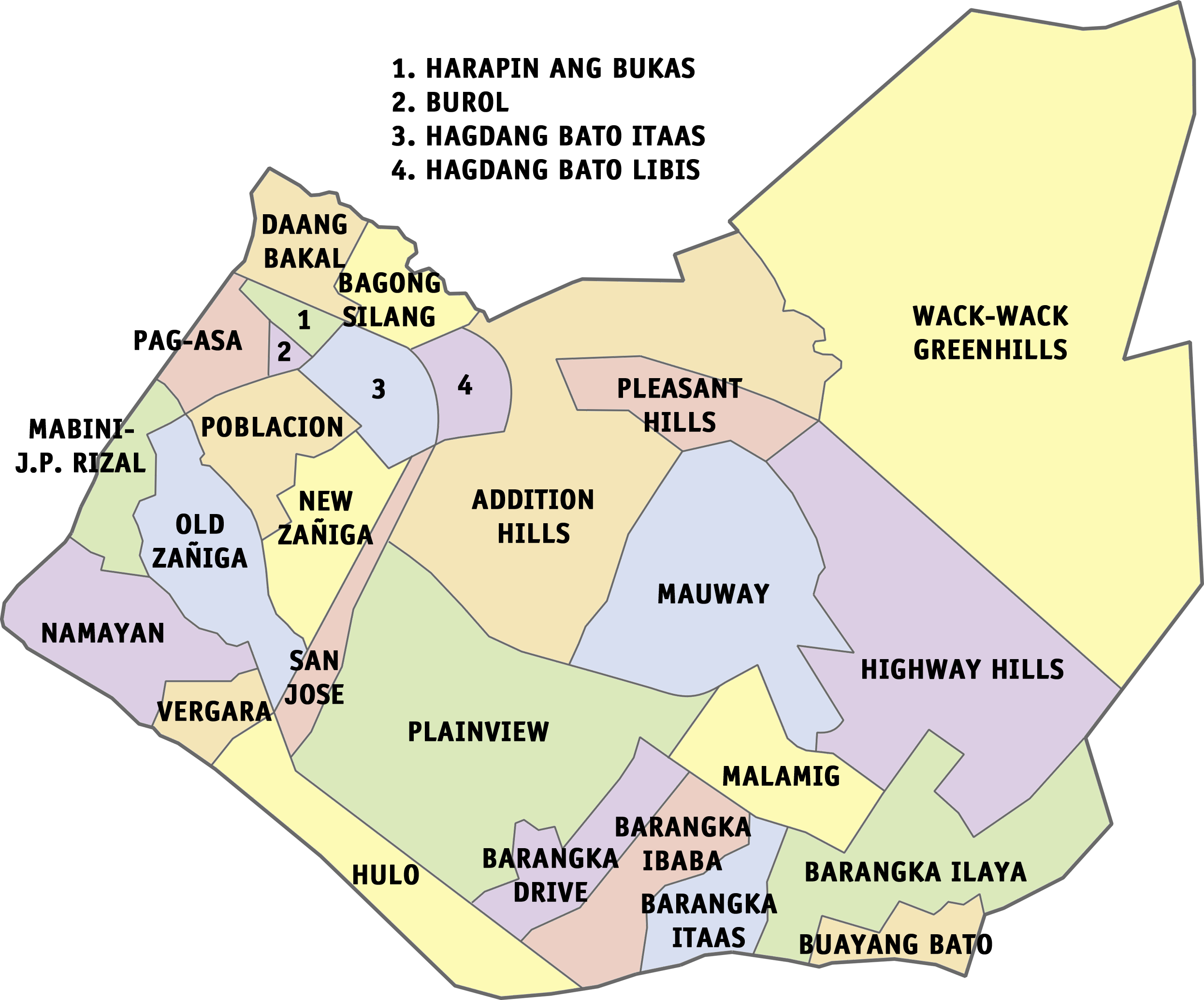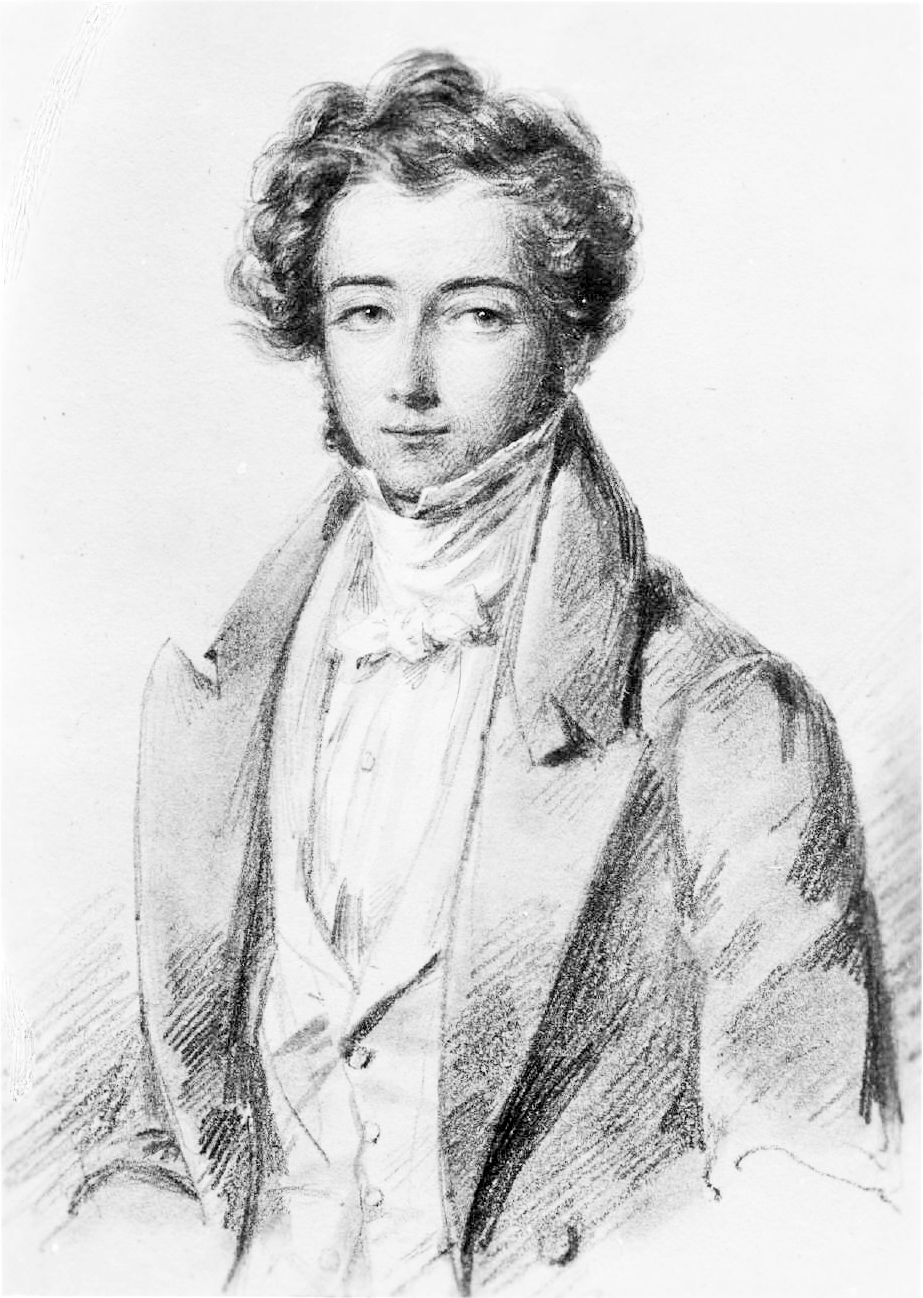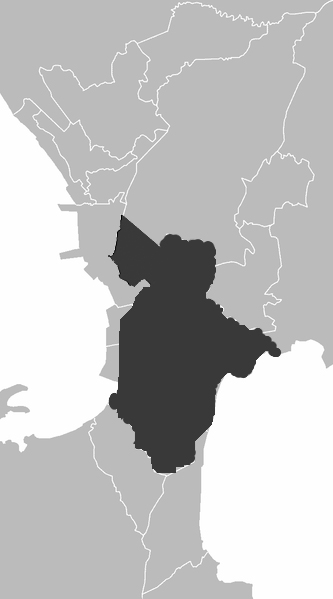|
Metro Manila
Metropolitan Manila (often shortened as Metro Manila; fil, Kalakhang Maynila), officially the National Capital Region (NCR; fil, link=no, Pambansang Punong Rehiyon), is the capital region, seat of government and one of three List of metropolitan areas in the Philippines, defined metropolitan areas in the Philippines. It is composed of 16 Cities of the Philippines#Legal classification, highly urbanized cities: the Manila, city of Manila, Quezon City, Caloocan, Las Piñas, Makati, Malabon, Mandaluyong, Marikina, Muntinlupa, Navotas, Parañaque, Pasay, Pasig, San Juan, Metro Manila, San Juan, Taguig, and Valenzuela, Metro Manila, Valenzuela, as well as the municipality of Pateros. The region encompasses an area of and a population of as of 2020. It is the second most populous and the most densely populated Regions of the Philippines, region of the Philippines. It is also the List of metropolitan areas in Asia, 9th most populous metropolitan area in Asia and the List of larges ... [...More Info...] [...Related Items...] OR: [Wikipedia] [Google] [Baidu] |
Manila
Manila ( , ; fil, Maynila, ), officially the City of Manila ( fil, Lungsod ng Maynila, ), is the capital of the Philippines, and its second-most populous city. It is highly urbanized and, as of 2019, was the world's most densely populated city proper. Manila is considered to be a global city and rated as an Alpha – City by Globalization and World Cities Research Network (GaWC). It was the first chartered city in the country, designated as such by the Philippine Commission Act 183 of July 31, 1901. It became autonomous with the passage of Republic Act No. 409, "The Revised Charter of the City of Manila", on June 18, 1949. Manila is considered to be part of the world's original set of global cities because its commercial networks were the first to extend across the Pacific Ocean and connect Asia with the Spanish Americas through the galleon trade; when this was accomplished, it marked the first time in world history that an uninterrupted chain of trade routes circling the ... [...More Info...] [...Related Items...] OR: [Wikipedia] [Google] [Baidu] |
List Of Metropolitan Areas In The Philippines
The Philippines has three metropolitan areas, as defined by the National Economic and Development Authority (NEDA). Metro Manila is the largest conurbation or urban agglomeration in the country, and its territory comprises the City of Manila, 15 neighboring cities, and the municipality of Pateros. Metro Davao in Mindanao is the Philippines' second most populous urban area and the country's largest by total land area, while Metro Cebu in the Visayas is the third most populous. The official definition of each area does not necessarily follow the actual extent of continuous urbanization. For example, the built-up area of Metro Manila has long spilled out of its borders into the adjacent provinces of Bulacan, Cavite, Laguna, and Rizal. The number of metropolitan areas in the Philippines was reduced from 12 in 2007 to the current 3 based from the 2017–2022 Philippine Development Plan by NEDA. The other 10 metropolitan areas were: Metro Angeles, Metro Bacolod, Metro Baguio, Metr ... [...More Info...] [...Related Items...] OR: [Wikipedia] [Google] [Baidu] |
Mandaluyong
Mandaluyong, officially the City of Mandaluyong ( fil, Lungsod ng Mandaluyong), is a first class Cities of the Philippines#Legal classification, highly urbanized city in the Metro Manila, National Capital Region of the Philippines. According to the 2020 census, it has a population of 425,758 people. Located directly east of Manila, Mandaluyong was originally a barrio of Santa Ana, Manila, Santa Ana de Sapa (now a district of Manila) called San Felipe Neri. It separated and became its own town in 1841, and later acquired the name Mandaluyong in 1931 during the History of the Philippines (1898–1946), American occupation. In 1994, it became the first municipality of Metro Manila to become a city since the metropolis' establishment in 1975. At present, it is known for the Ortigas Center, a commercial and business center that it also shares with the city of Pasig. Notable institutions and establishments in the city include the Asian Development Bank, the headquarters of Banco de O ... [...More Info...] [...Related Items...] OR: [Wikipedia] [Google] [Baidu] |
Decentralization
Decentralization or decentralisation is the process by which the activities of an organization, particularly those regarding planning and decision making, are distributed or delegated away from a central, authoritative location or group. Concepts of decentralization have been applied to group dynamics and management science in private businesses and organizations, political science, law and public administration, economics, money and technology. History The word "''centralisation''" came into use in France in 1794 as the post- Revolution French Directory leadership created a new government structure. The word "''décentralisation''" came into usage in the 1820s. "Centralization" entered written English in the first third of the 1800s; mentions of decentralization also first appear during those years. In the mid-1800s Tocqueville would write that the French Revolution began with "a push towards decentralization... ut became,in the end, an extension of centralization."Vi ... [...More Info...] [...Related Items...] OR: [Wikipedia] [Google] [Baidu] |
Metropolitan Area
A metropolitan area or metro is a region that consists of a densely populated urban agglomeration and its surrounding territories sharing industries, commercial areas, transport network, infrastructures and housing. A metro area usually comprises multiple principal cities, jurisdictions and municipalities: neighborhoods, townships, boroughs, cities, towns, exurbs, suburbs, counties, districts, as well as even states and nations like the eurodistricts. As social, economic and political institutions have changed, metropolitan areas have become key economic and political regions. Metropolitan areas typically include satellite cities, towns and intervening rural areas that are socioeconomically tied to the principal cities or urban core, often measured by commuting patterns. Metropolitan areas are sometimes anchored by one central city such as the Paris metropolitan area (Paris) or Mumbai Metropolitan Region (Mumbai). In other cases metropolitan areas contain mul ... [...More Info...] [...Related Items...] OR: [Wikipedia] [Google] [Baidu] |
Pateros
Pateros, officially the Municipality of Pateros ( tgl, Bayan ng Pateros), is the lone municipality of Metro Manila, Philippines. According to the 2020 census, it has a population of 63,643 people. This municipality is famous for its duck-raising industry and especially for producing '' balut'', a Filipino delicacy, which is a boiled, fertilised duck egg. Pateros is also known for the production of red salty eggs and "''inutak''", a local rice cake. Moreover, the town is known for manufacturing of "''alfombra''", a locally-made footwear with a carpet-like fabric on its top surface. Pateros is bordered by the following highly urbanized cities of Pasig to the north, Makati to the west, and Taguig to the south. Pateros is the smallest municipality both in population and in land area, in Metro Manila, but it is the second most densely populated at around 29,000 people per square kilometer after Manila. Etymology The name ''Pateros'' is most likely derived from the duck-raising in ... [...More Info...] [...Related Items...] OR: [Wikipedia] [Google] [Baidu] |
Valenzuela, Metro Manila
Valenzuela (, Tagalog language, Tagalog: ), officially the City of Valenzuela ( fil, Lungsod ng Valenzuela), is a 1st class Cities of the Philippines#Legal classification, highly urbanized city in the Metro Manila, National Capital Region of the Philippines. According to the 2020 census, it has a population of 714,978 people. It is the Metro Manila, 6th most populous city in the National Capital Region, and the List of cities in the Philippines, 11th most populous in the country. It is located about north of Manila, the nation's capital. Valenzuela is categorized under Republic Act Nos. 7160 and 8526 as a highly urbanized, first-class city based on income classification and number of population. A landlocked Cities of the Philippines, chartered city located on the island of Luzon Island, Luzon, it is bordered by the province of Bulacan, and cities of Caloocan, Malabon and Quezon City. Valenzuela shares border and access to Tullahan River, Tenejeros-Tullahan River with Malabon. It ... [...More Info...] [...Related Items...] OR: [Wikipedia] [Google] [Baidu] |
Taguig
Taguig (), officially the City of Taguig ( fil, Lungsod ng Taguig), is a 1st class highly urbanized city in Metro Manila, Philippines. According to the 2020 census, it has a population of 886,722 people. Located in the northwestern shores of Laguna de Bay, the city is known for Bonifacio Global City, one of the leading financial centers of the Philippines. Originally a fishing village during the Spanish and American colonial periods, it experienced rapid growth when former military reservations were converted by the Bases Conversion and Development Authority (BCDA) into mixed-use planned communities. Taguig became a highly urbanized city with the passage of Republic Act No. 8487 in 2004. The city is politically subdivided into 28 barangays: Bagumbayan, Bambang, Calzada, Central Bicutan, Central Signal Village, Fort Bonifacio, Hagonoy, Ibayo Tipas, Katuparan, Ligid Tipas, Lower Bicutan, Maharlika Village, Napindan, New Lower Bicutan, North Daang Hari, North Signal Vil ... [...More Info...] [...Related Items...] OR: [Wikipedia] [Google] [Baidu] |
San Juan, Metro Manila
San Juan, officially the City of San Juan ( fil, Lungsod ng San Juan), is a 1st class highly urbanized city in the National Capital Region of the Philippines. According to the 2020 census, it has a population of 126,347 people. It is geographically located at Metro Manila's approximate center and is also the country's smallest city in terms of land area. The city is known historically for the site of the first battle of the Katipunan, the organization which led the 1896 Philippine Revolution against the Spanish Empire. Notable landmarks today such as Pinaglabanan Shrine and heritage homes are located in the city. Other locations include Greenhills and Santolan Town Plaza, making the city a major shopping hub with a range of upscale, boutique and bargain retail. Etymology "San Juan" is a contraction of the city's traditional name of "San Juan del Monte" (). As with numerous other places in the Philippines, the name combines a patron saint and a toponym; in this case Saint J ... [...More Info...] [...Related Items...] OR: [Wikipedia] [Google] [Baidu] |
Quezon City
Quezon City (, ; fil, Lungsod Quezon ), also known as the City of Quezon and Q.C. (read in Filipino as Kyusi), is the List of cities in the Philippines, most populous city in the Philippines. According to the 2020 census, it has a population of 2,960,048 people. It was founded on October 12, 1939, and was named after Manuel L. Quezon, the List of presidents of the Philippines, second president of the Philippines. The city was intended to be the Capital of the Philippines, national capital of the Philippines that would replace Manila, as the latter was suffering from overcrowding, lack of housing, poor sanitation, and traffic congestion. To create Quezon City, several barrios were carved out from the towns of Caloocan, Marikina, San Juan, Metro Manila, San Juan and Pasig, in addition to the eight vast estates the Philippine government purchased for this purpose. It was officially proclaimed as the national capital on October 12, 1949, and several government departments and i ... [...More Info...] [...Related Items...] OR: [Wikipedia] [Google] [Baidu] |
Pasig
Pasig, officially the City of Pasig ( fil, Lungsod ng Pasig), is a 1st class highly urbanized city in the National Capital Region of the Philippines. According to the 2020 census, it has a population of 803,159 people. It is located along the eastern border of Metro Manila with Rizal province, the city shares its name with the Pasig River. A formerly rural settlement, Pasig is primarily residential and industrial, but has been becoming increasingly commercial in recent years, particularly after the construction of the Ortigas Center business district in its west. The city is home to the Roman Catholic Diocese of Pasig, based in Pasig Cathedral, a landmark built around the same time as the town's foundation in 1573. Pasig was formerly part of Rizal province before the formation of Metro Manila, the national capital region of the country. The seat of government of Rizal was hosted in Pasig at the old Rizal Provincial Capitol until a new capitol was opened in Antipolo, wi ... [...More Info...] [...Related Items...] OR: [Wikipedia] [Google] [Baidu] |
Pasay
Pasay, officially the City of Pasay ( fil, Lungsod ng Pasay; ), is a 1st class highly urbanized city in the National Capital Region of the Philippines. According to the 2020 census, it has a population of 440,656 people. Due to its location just south of Manila, Pasay quickly became an urban town during the American colonial period. History Early history In local folk history about the period before the arrival of Spanish colonizers, Pasay is said to have been part of Namayan (sometimes also called Sapa), a confederation of barangays which supposedly controlled territory stretching from Manila Bay to Laguna de Bay, and which, upon the arrival of the Spanish, eventually became known as Santa Ana de Sapa (modern day Santa Ana, Manila). According to these legends, the ruler of Namayan bequeathed his territories in what is now Culi-culi, Pasay, and Baclaran to one of his sons, named Pasay, explaining the origin of the name. In another version of the legend, it was Rajah ... [...More Info...] [...Related Items...] OR: [Wikipedia] [Google] [Baidu] |





.jpg)


